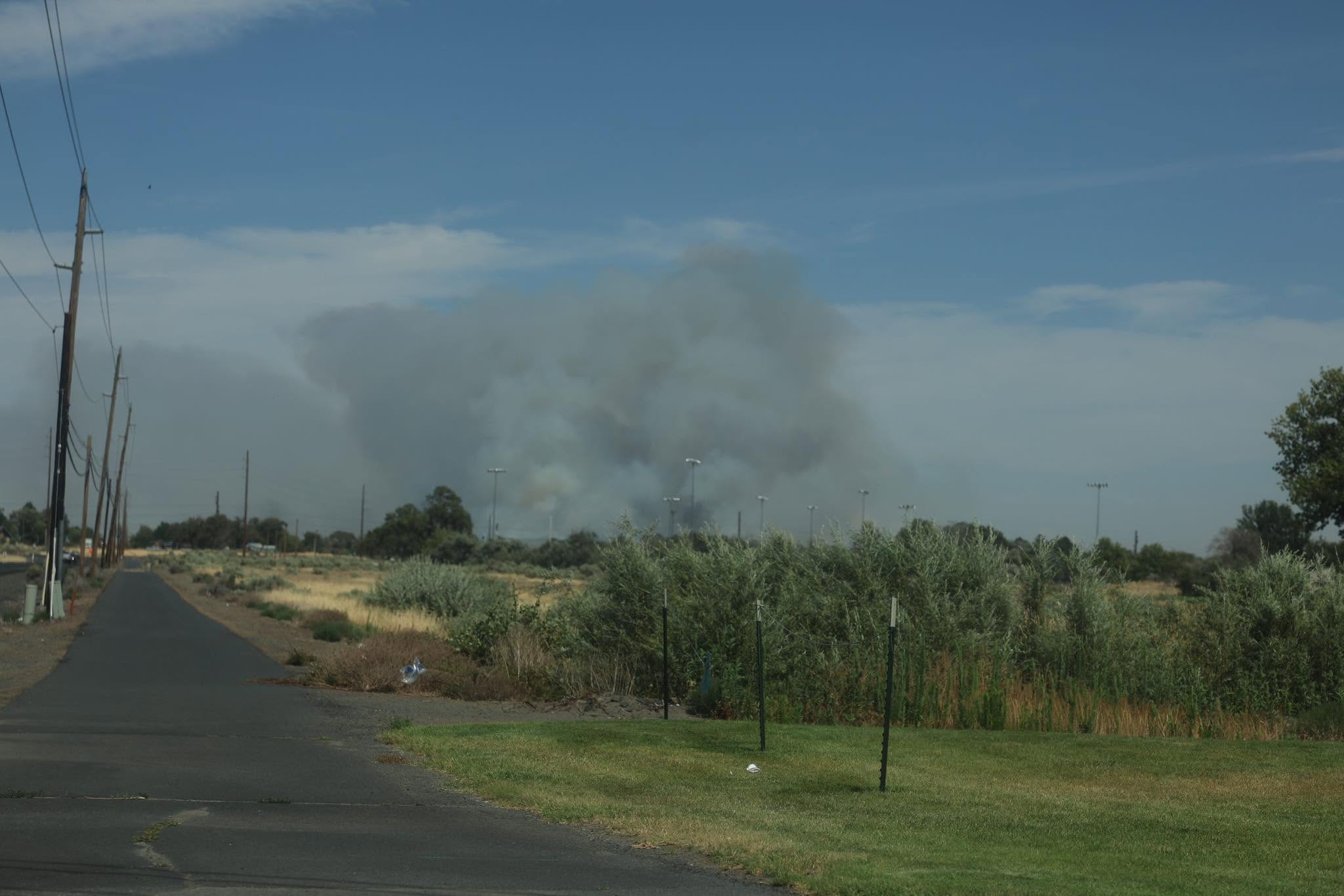Oregon officials plan to spray 8,000 acres in Portland to stop Asian gypsy moths
Published 6:41 am Wednesday, December 16, 2015

- Oregon officials plan to spray 8,000 acres in Portland to stop Asian gypsy moths
PORTLAND — Oregon farm regulators plan to spray more than 8,000 acres in Portland next spring to prevent the establishment of the Asian gypsy moth, a destructive pest found in the area this year.
The Oregon Department of Agriculture plans to first conduct extensive outreach before applying Bacillus thuringiensis, a biological pesticide that destroys the insect’s ability to digest.
“This is a pretty significant deal for us, especially since we will have to apply the Bt aerially around Portland,” said Katy Coba, ODA’s director, during a Dec. 16 meeting of the Oregon Board of Agriculture in Portland.
The treatment is sensitive as it could provoke a negative public reaction in the populated urban area that would interfere with the ability to fight the pest, said Clint Burfitt, manager of OFA’s insect pest prevention program.
“There’s a short opportunity to mitigate the AGM threat before it spreads,” he said.
The cost of spraying will likely involve several aircraft and the Oregon portion of the project is expected to cost $2.5 million, Burfitt said.
Spraying will also occur in southwest Washington at a cost of $3 million, he said.
This year the moths were found on the Washington and Oregon sides of the Columbia River.
In Oregon, eradication will likely begin in mid-April and involve three treatments one week apart, pending an environmental assessment and public outreach, Burfitt said.
Oregon has asked the federal government to fully pay for the spraying, but ODA will also request funding from the state legislature early next year in case the federal funds don’t cover the entire expense, said Coba.
The eradication project is the third largest in Oregon’s history, said Helmuth Rogg, director of Oregon’s plant program area.
Asian gypsy moths have previously been intercepted in Oregon in 1992, 2000 and 2006 along the Columbia River, likely due to Asian imports at the nearby Port of Vancouver, he said.
The Asian gypsy moth is more of a danger to agriculture and the environment than the European gypsy moth, whose females are incapable of flight, Burfitt said.
Asian gypsy moth females can fly and produce up to 1,000 eggs each, so the species can become established more rapidly, he said.
With about 600 host plants, the Asian gypsy moth also has more habitat available, he said.
The pest can greatly defoliate wild-growing plants, negatively affecting stream temperatures, Burfitt said.
For agricultural products, such as nursery stock, the pest’s establishment would cause increased pesticide use and may impede shipments to other states and countries, he said.
In 2000, the Washington State Department of Agriculture sprayed for the insects on 725 acres in the Ballard and Magnolia neighborhoods of Seattle.
In 1992, WSDA sprayed 116,457 acres for the Asian gypsy moths in Pierce and King counties.
The Capital Bureau is a collaboration between EO Media Group and Pamplin Media Group.









